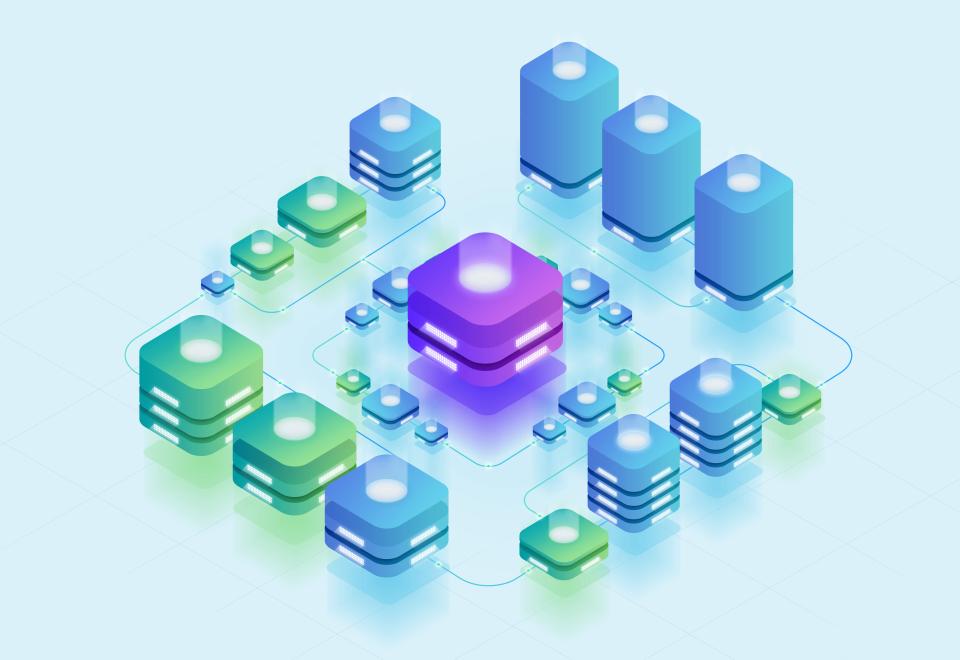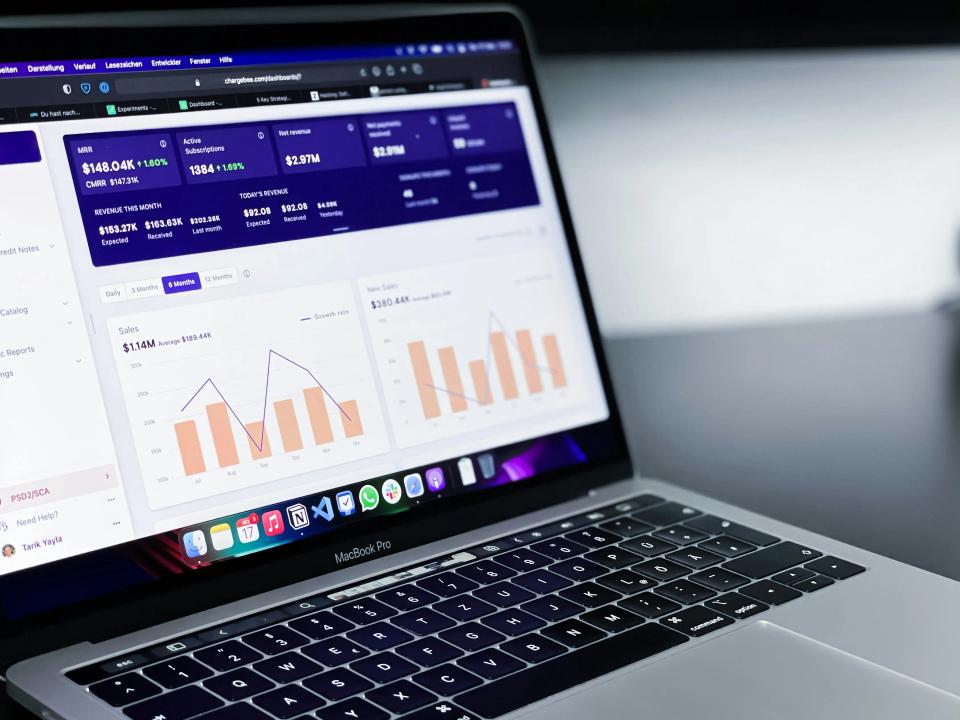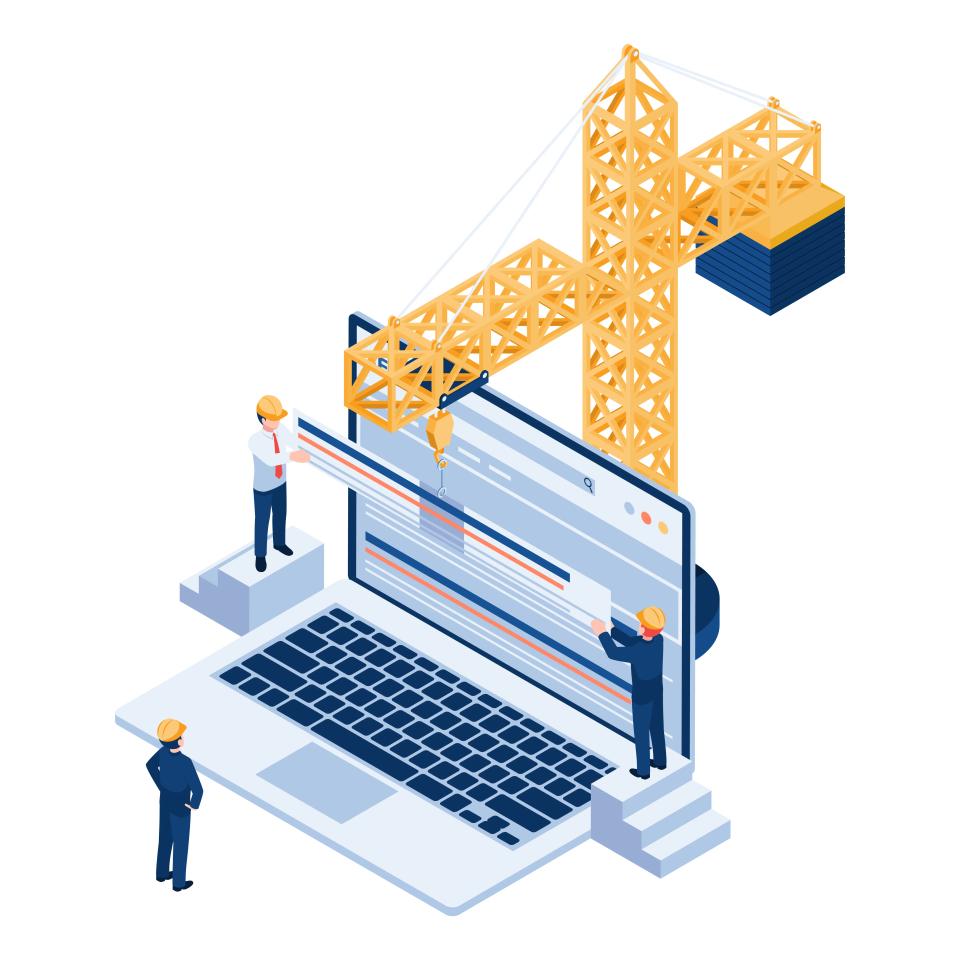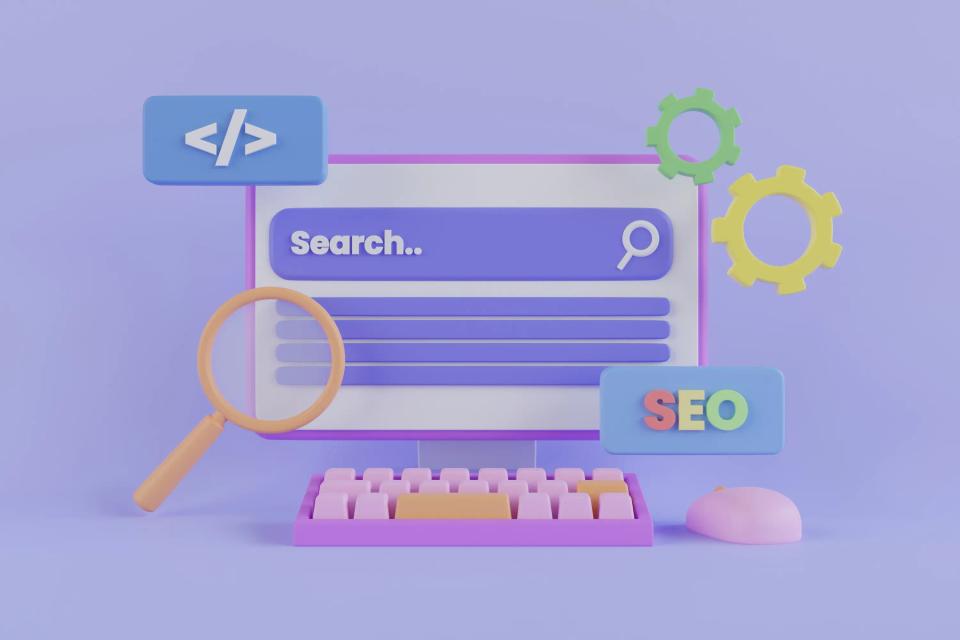Let’s be honest. In this brutal digital arena, your basic SEO is just the ticket to get in the door. Keyword targeting? On-page optimization? That’s yesterday’s news. The real war for clicks, customers, and dominance is won in the trenches—in the code, on the server, deep within the technical foundation of your website.
You’ve seen the two camps. One side chases speed, sacrificing everything for a few milliseconds. The other side builds a digital fortress, so locked down that performance grinds to a halt. They’re both wrong. The truth is, you can’t have elite performance without iron-clad security. They are not separate goals; they are one.
This is not another beginner’s guide. We’re going beyond SSL certificates and image compression. We will dive deep into the advanced technical SEO techniques that fuse raw speed with hardened security. With over 15 years of experience building high-performance, secure websites for global brands, we at CaptivateClick know how to create the powerful, trustworthy, and lightning-fast experience that Google not only loves but demands.
Why Website Security and Performance are Two Sides of the Same Coin
Think of your website as a high-performance vehicle. A slow site isn't just frustrating; it's a warning light. It could be a symptom of malware chewing up your resources or bloated, vulnerable code dragging you down. A security breach, like a DDoS attack, doesn't just slow you down—it totals your car, obliterating your performance, your rankings, and the trust you’ve worked so hard to build.
Google sees everything. Their algorithms are designed to reward sites that deliver on both fronts. Core Web Vitals are a direct measure of user experience and performance, while HTTPS is a non-negotiable security signal. A site that masters both sends the strongest possible message of quality and authority, directly impacting your bottom line through the impact of technical optimization on SEO rankings.
The connection is undeniable. A secure HTTPS connection can actually improve load times by cutting out clunky redirects. Did you know that a staggering 53% of mobile users will abandon a site if it takes longer than three seconds to load? A slow, insecure site isn't just losing rankings; it's hemorrhaging customers. This is why mastering both website security and performance is a core tenet of modern technical SEO best practices.
Level Up Your Speed: Advanced Performance Optimization Techniques
Forget what you’ve been told about just compressing your images. That’s table stakes. We’re talking about the kind of game-changing speed that leaves your competitors in the dust. To get there, you need to implement advanced technical SEO tactics for performance.
Master the Critical Rendering Path with Resource Prioritization
The Critical Rendering Path (CRP) is the sequence of events that must happen before a user sees anything on their screen. Every millisecond counts. You can seize control of this process with advanced resource prioritization, a key focus in our guide for developers on advanced technical optimization.
Stop letting the browser guess what’s important. Use <link rel="preload"> to tell it exactly which critical fonts or stylesheets to grab first. Then, use <link rel="preconnect"> to warm up the connection to essential third-party domains, like Google Fonts or your CDN. This simple action can slash connection times by up to 16%, a noticeable boost for your users.
Want to make an immediate impact? Inline your critical CSS. This means placing the small, essential block of CSS needed to render the top portion of your page directly into the HTML. This single move can improve your First Contentful Paint (FCP) by half a second or more, giving users that instant feedback they crave.
Implement Next-Generation Content Delivery
Your content delivery strategy can be a powerful weapon for speed. It’s time to move to next-generation formats and protocols. This means serving images in modern formats like AVIF and WebP, which can be up to 50% smaller than JPEGs without losing quality. Use the <picture> element to provide fallbacks, ensuring every user gets the fastest possible experience.
The very protocol your site uses to communicate matters. Upgrading to HTTP/3 is a forward-thinking move that crushes latency, especially on shaky mobile networks. Built on the QUIC protocol, it can improve page load times by an average of 9% by eliminating bottlenecks that plagued older versions.
For the ultimate advantage, leverage Edge Computing. Using a CDN with Edge capabilities allows you to run code closer to your user, not on your distant server. This means you can personalize content or run A/B tests in real-time without the slow round-trip, reducing server response times and creating a truly dynamic experience. These are the performance-boosting web development techniques that separate the leaders from the followers.
Fortify Your Foundation: Advanced Security for Technical SEO
A fast website is useless if it’s not secure. A single breach can undo years of SEO work and destroy your brand’s reputation. It’s time to go beyond a basic SSL certificate and fortify your digital foundation. Our comprehensive guide to technical SEO for web security provides the essential groundwork for these advanced strategies.
Deploy Robust Security Headers
Think of security headers as your server’s bouncer. They are powerful directives that tell the user’s browser how to behave, shutting down common attack vectors before they can do any harm. They are a non-negotiable part of a modern security posture.
A strong Content Security Policy (CSP) is your first line of defense against Cross-Site Scripting (XSS) attacks. By creating a whitelist of trusted sources, you prevent malicious scripts from ever running on your site. Next, implement HTTP Strict Transport Security (HSTS) to force browsers to only communicate with your site over a secure HTTPS connection, preventing downgrade attacks and even speeding up load times. A proper HSTS directive looks like this:
Strict-Transport-Security: max-age=31536000; includeSubDomains; preloadFinally, use the X-Frame-Options header to stop clickjacking in its tracks. This simple directive prevents malicious actors from embedding your site in an invisible frame to trick users into clicking on something they can’t see. These headers are powerful trust signals to both users and search engines.
Proactive Log File Analysis for Security & SEO Insights
Your server logs are a goldmine of intelligence. Most people ignore them. That’s a huge mistake. Analyzing your logs reveals exactly how Googlebot crawls your site, but more importantly, it can expose security threats before they become disasters.
Are you seeing a sudden spike in 404 errors from a single IP address? That’s likely a hacker scanning for vulnerabilities. Are strange user-agents trying to access sensitive files like wp-admin or .env? Those are malicious bots. You can use this data to block threats and optimize your crawl budget, ensuring Google spends its time on your most important pages.
This proactive analysis is a core technical SEO best practice. By identifying and blocking malicious traffic, you not only secure your site but also improve SEO efficiency. You can even use AI automation to streamline technical SEO audits and uncover these insights faster than ever before.
The Ultimate Fusion: Advanced Structured Data for Authority and Trust
This is where it all comes together. Structured data, or schema markup, is how you communicate expertise, authority, and trust directly to Google. It’s not just for star ratings anymore. It’s how you build a rich, interconnected web of information that solidifies your brand’s identity and dominance in the search results.
Go Beyond the Basics with Nested Schema
Don’t just mark up an Article. That’s amateur hour. The pros nest an Author schema within the article, which then links to that author’s Person profile, complete with sameAs links to their verified social media accounts. This creates a powerful, interconnected graph that screams authority to Google.
The same principle applies everywhere. For an e-commerce product, nest AggregateRating and real-time Offer details. For a local business, nest your LocalBusiness schema within your Organization schema to dominate the local pack. These advanced techniques are crucial for building authority, especially when applied to advanced local SEO techniques.
Use Schema to Answer Questions and Build Trust
Want to own the search results for your most important questions? Use FAQPage schema. This markup can transform your content into rich, interactive accordions directly in the SERPs, boosting click-through rates by as much as 35%. You are literally answering your customer’s questions before they even click.
Solidify your brand’s identity with a comprehensive Organization schema. Include your logo, address, contact points, and social profiles to build the kind of trust that is foundational to both security and user confidence. This isn't just a technical task; it's an act of building a digital legacy that Google can understand and reward.
Your Advanced Technical SEO Toolkit
Executing these advanced strategies requires the right set of tools. Having a powerful toolkit allows you to audit, implement, and monitor your progress effectively. Here is a curated list of essential tools to build your unbeatable digital foundation.
| Category | Recommended Tools |
|---|---|
| Performance & Core Web Vitals | Google PageSpeed Insights, GTmetrix, WebPageTest |
| Security Headers & SSL | SecurityHeaders.com, Qualys SSL Labs |
| Structured Data | Schema.org Validator, Google's Rich Results Test |
| Crawling & Log Analysis | Screaming Frog SEO Spider, Logz.io |
Conclusion: Build Your Unbeatable Digital Foundation
The message is clear. True digital dominance is forged at the intersection of speed and security. The advanced techniques we’ve covered—from resource prioritization and security headers to nested schema—are no longer optional. They are the new standard for any brand that wants to lead, not follow.
A fast, secure, and technically flawless website is your single most valuable asset. It’s the engine for user engagement, conversions, and sustainable brand growth. Pages that meet Core Web Vitals thresholds see higher organic traffic, and a secure foundation builds the kind of trust that turns visitors into lifelong customers.
Feeling overwhelmed by the technical details? You don't have to be. At CaptivateClick, our global team of SEO strategists and web developers specializes in implementing these advanced techniques to build faster, safer, and more profitable websites.
Ready to transform your website's performance and security into an unbeatable competitive advantage? Schedule a complimentary strategy session with a CaptivateClick expert today.













